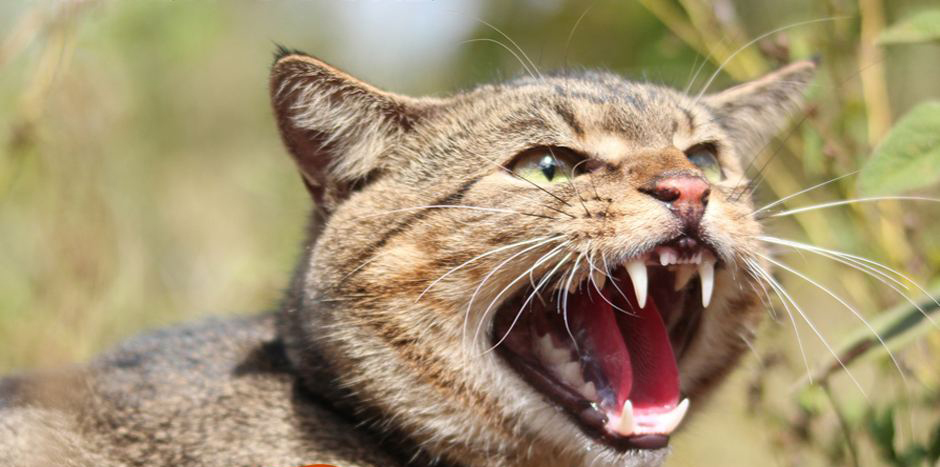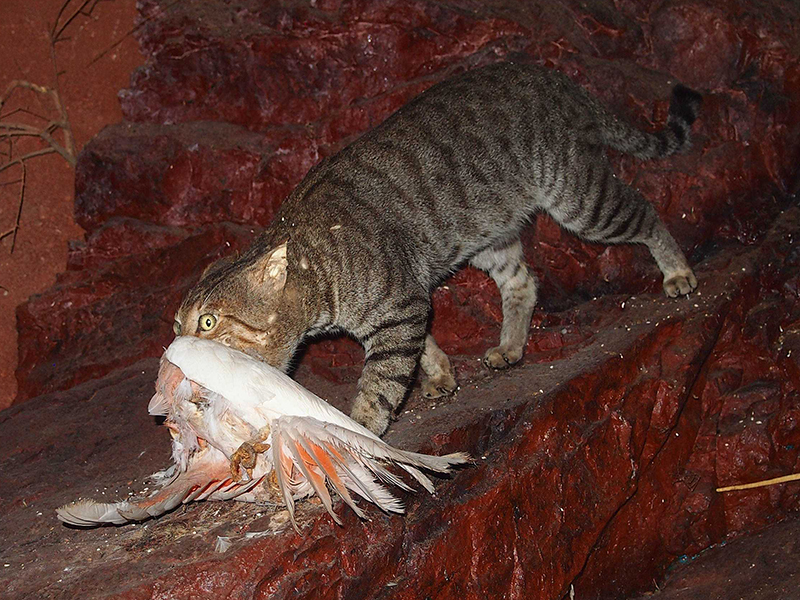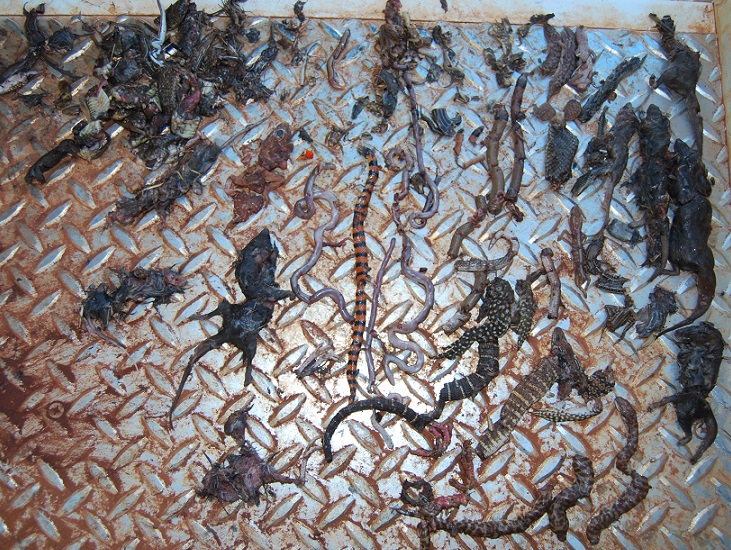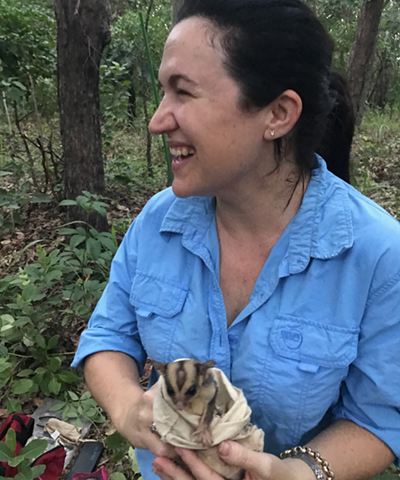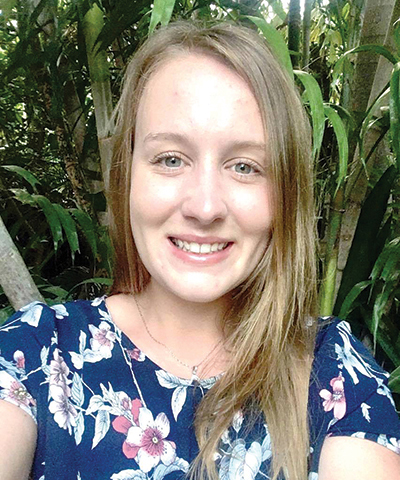
Project: 1.1.2
Feral cat distribution, abundance, management and impacts on threatened species: collation and analysis of data
Project Leaders: Sarah Legge , John Woinarski
Research in Brief
This project will improve our understanding of feral cat impacts and how to mitigate those impacts. At national scale, it will collate and analyse large and diverse sets of data to estimate cat distribution and abundance, and measure predation rates by cats on birds, reptiles and mammals, and to identify the ecological traits that make some species more susceptible to cat predation than others.
The project will also collate research findings from other related TSR Hub research, for example to help identify cat density thresholds that would allow vulnerable native species to co-exist with cats.
Why is the research needed?
Introduced predators such as feral cats and foxes have a severe impact on native species in Australia, particularly among small and medium-sized mammals and ground-dwelling birds. This includes many of the species prioritised within the Australian Government’s Threatened Species Strategy, such as the Northern Hopping-mouse, Brush-tailed Rabbit-rat, Central Rock-rat, Golden Bandicoot, Kangaroo Island Dunnart, Mala, Numbat, Western Quoll, Woylie, Malleefowl, Night Parrot and Western Ground Parrot. Recovering these species will rely on knowledge, and effective management, of introduced predators.
The project reports regularly to the National Feral Cat Taskforce, and this reporting will help ensure research results are readily communicated to key managers, and key managers can help shape the research direction. 
 Hugh McGregor Arid Recovery_1000x800.jpg) Feral cat with native mouse. Photo: Hugh McGregor
Feral cat with native mouse. Photo: Hugh McGregor
How will the research help?
This research supports the Australian Government’s Threatened Species Strategy’s priority of tackling feral cats and their impacts. It will: help quantify the scale of feral cat impacts on native species; identify the most predator-susceptible species; calculate rates of feral cat predation on these species; and identify sites where control of feral cats (and other introduced predators) will be most needed or effective.
The project will use existing and emerging data, including from other TSR Hub research, on feral cat diets and population estimates to calculate rates of feral cat predation on different groups of native species. The team will compare the rates of predation with patterns of decline for threatened species over time and across the landscape. Where data are available these methods will also be applied to fox populations.
For those native species that are most susceptible at the population level to cat predation, we aim to estimate the threshold cat densities below which these native species can co-exist with cats by using population viability models. We will also undertake cost-benefit analysis of available control methods for introduced predators, such as exclusion fencing, poison-baiting, habitat management including fire, grazing and dingo management.
By combining knowledge of what predator density thresholds are required and the effectiveness of different control techniques, the project will be able to identify what kinds of management are the most cost-effective approaches for maintaining a particular species in the landscape. The findings will be compiled in evidence-based guidelines for managers and policy-makers.
The research will also provide a series of data integration products including spatial layers (maps) of the density of feral cats across Australia and of the numbers of birds, reptiles and mammals killed by feral cats; and (subject to approvals from original data custodians) will seek to maintain large integrated databases of feral cat dietary information. 

The project has modelled the number of birds eaten by cats each year, in natural environments throughout Australia.
What research activities are being undertaken?
This project will collate and analyse data from many individual studies across Australia, and undertake additional modelling of the collated data in order to undertake a nationwide assessment of feral cats and their impacts.
The project has already undertaken an analysis to estimate the density and population size of feral cats across Australia, and of the number of birds and of reptiles killed by feral and domestic cats across Australia.
Additional research activities will include:
- Comparing the density of foxes, wild dogs, dingoes and cats across Australia to help inform and prioritise management
- Estimating the population size of Australian birds (and spatial variation in this) in order to evaluate the significance of the number of birds killed by cats
- Assessing the numbers of mammals killed by cats per year and the conservation consequences of such predation
- Investigating the role of introduced predators in the decline of threatened mammal species over time and in different regions
- Developing population viability models for a selection of threatened mammals and birds which are very susceptible to introduced predators
- Assessing the costs and effectiveness of different control options for reducing numbers of introduced predators and supporting threatened species recoveries, across different regions and environments, and the overall cost-effectiveness of the control options.
Who is involved?
The project is led by Charles Darwin University, in collaboration with the University of Queensland. The research team will collaborate with national, state and territory agencies and conservation NGOs that undertake introduced predator control or research to benefit threatened species.
Where is the research happening?
The research is national in scale.
When is the research happening?
This project began in 2016, and will run until 2021.
More Information
Please contact:
John Woinarski -john.woinarski@cdu.edu.au
OR
Sarah Legge - s.legge@uq.edu.au
Top image:This project is collating data from many different research and monitoring projects on feral cats. This image was caught by a camera trap during monitoring by the Northern Territory Government. Photo: Northern Territory Government
